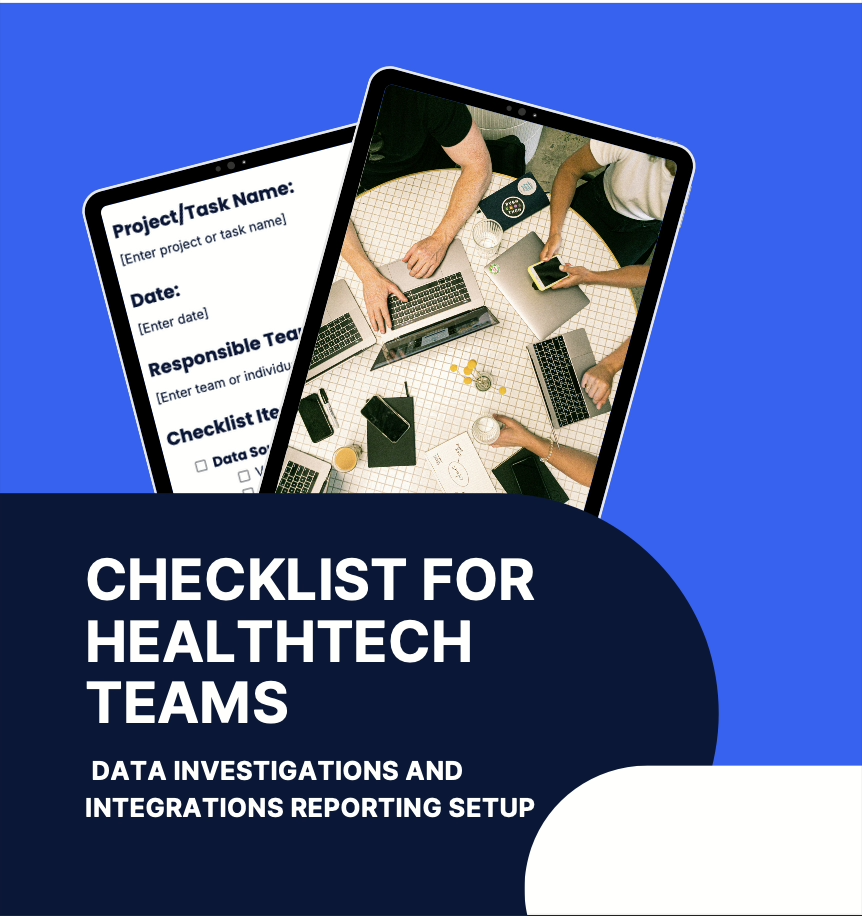
Data transformation for inclusive tech is essential to ensuring equitable access to services, especially in public health. When I first joined Primary.Health, it was the peak of the pandemic—a time of uncertainty, urgency, and a deep need for action. The world was grappling with how COVID-19 spread, and communities needed data-driven, accessible solutions to stay safe. I felt compelled to act, joining a mission-driven effort to build inclusive technology that removed friction in data access and adoption.
How Data Transformation for Inclusive Tech Improves Public Health Access
As the Technical Program Manager responsible for unlocking data insights for Alameda County’s multilingual and multi-generational outreach efforts, I saw firsthand how data gaps impacted communities and I was motivated to bridge data transformation for inclusive tech.
Being a first-generation Cambodian American woman in tech with a non-traditional career path, I understood the frustration of being invisible in the data. For years, I fell into the “Other” category on surveys that failed to recognize my identity. That experience fueled my commitment to ensuring no one was left behind in public health decision-making.
Alameda County was an ideal partner—dedicated to health equity and data-driven decision-making—but the challenge was immense. You can read more about our collaborative approach and impact in this case study on Techquity with Alameda County. Some of the hurdles we faced included the following:
- Disparate data sources housed in different systems, from free-text survey responses to various structured databases and data formats for over 1.6 million people.
- Lack of multilingual support in SMS and email digital outreach, which we collectively identified as communities that needed critical health information.
- Accessibility gaps, preventing equitable outreach, engagement, and access to physical sites.
The Solution: Transforming Disjointed Data into Actionable Insights
To address these challenges, I worked closely with Alameda County’s technical teams to consolidate, clean, and analyze data. This process surfaced key needs, leading to product innovations that removed friction in the system, including:
- ✅ Adding missing languages, like Farsi, to ensure all communities were represented.
- ✅ Triggering surveys for accessibility accommodations, so that every resident had equitable access.
- ✅ Building digital messaging, notification, and waitlist features for users with varying levels of technological access.
- ✅ Ensuring cross-platform, browser, and device-agnostic support in every release.
- ✅ Developing offline procedures for field teams working in areas with limited internet access.
Collaborations That Made It Possible
This work wouldn’t have been possible without an incredible coalition of public servants, technologists, and community leaders who came together with a shared purpose. I want to take a moment to acknowledge some of the key people who made a difference:
- Chief Garrett Contreras, Hayward Fire Chief, and Tynan Hartzell operationalized large-scale community events, providing critical on-the-ground leadership at a time when everything was uncertain.
- Caleb Sandford, COO of Tiburcio Vasquez Health Center (TVHC), inspired the creation of an Epic/EMR/EHR importer, data modeled and solutions engineered by Jacky So and built by our engineer Sam Sohn, to improve patient experiences despite delayed infrastructure modernization.
- William McClurg, Ellen Darius, Chief Jeff Kleven and the Fremont Fire Department, HallersRx, Chief Garrett Contreras and the Hayward Fire Department, Chuck McKetney and his team, and our own Patrick Noonan and Erin Rabe for the health partnership for services and data management.
- The entire Alameda County team, with our own Tynan Hatzell, Caitlyn Ruppel, and Bryan Andrews for turning around county-wide translations at lightning speed, ensuring language accessibility across all initiatives.
- Sarah Garmisa at HCSA and our own Jared Longmire for complex JSON surveys to capture population data nuances and customized patient portals.
- Neetu Balram and Preston Lam worked alongside me to validate messaging, data quality, and new populations, navigating constant shifts in public health guidance.
- Toni Nandwana, our expert in data security, ensured compliance and protection for sensitive population data.
- Robert Leong at CAIR (California Immunization Registry) helped troubleshoot real-time HL7 data exchange, ensuring seamless reporting across county-wide systems with Tynan, Sam, Jackie Martinez, and Jacky So.
- Our incredible team of engineers built and deployed quick-turnaround features to serve diverse populations, from healthcare workers to shelters, schools, transient communities, and families with limited technology access.
It was a collective effort—one that exemplified the power of technology, data, and human-centered design to drive meaningful change.
Scaling Data Transformation with dbt & Modern Cloud Tools
Since this program, we’ve continued to evolve our data capabilities. One of the most impactful changes has been the adoption of dbt Labs (data build tool) under the leadership of McKenna West, our Senior Director of Data and Analytics.
With dbt, we transformed the way we handle data by introducing:
- 🔷 Version-controlled, software-engineered analytics workflows for better governance.
- 🔷 Scalable ELT (Extract, Load, Transform) pipelines that support big data processing across multiple cloud platforms.
- 🔷 Integration with business intelligence and orchestration tools, making insights more accessible and actionable.
- 🔷 Integration with business intelligence and orchestration tools, making insights more accessible and actionable.
Now, our team supports multi-cloud data migration and disaster recovery, machine learning, dashboarding, and real-time transformations—helping organizations go beyond siloed data and unlock a full-picture understanding of their audiences.
Final Thoughts
This experience reinforced my belief that data is only as powerful as its accessibility and inclusivity. When we remove barriers, ensure equitable representation, and leverage the right technology, we can build a future where no one is invisible in the data.
If you’re navigating similar challenges and need expert insights, let’s connect. Together, we can create data-driven solutions that empower communities.
Want to Unlock Your Data’s Potential?
If your organization faces challenges with data transformation for inclusive tech, we can help! 🚀 Learn how our Analyze product bridges the gap between disparate data sources and scalable insights. Download our Free Data Integration Checklist to get started!

